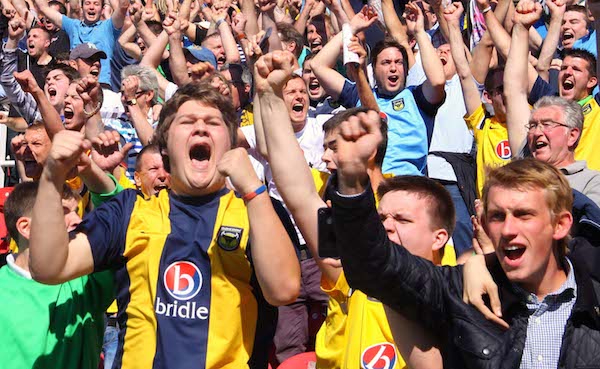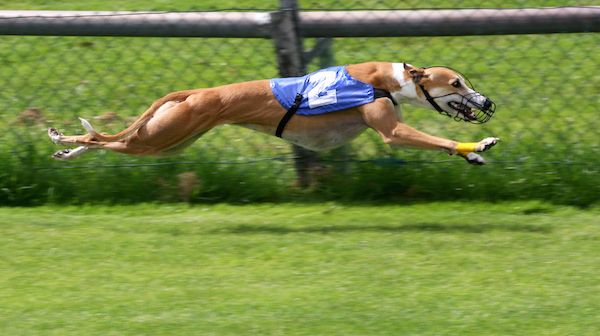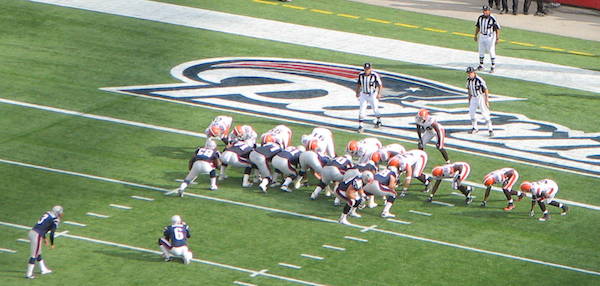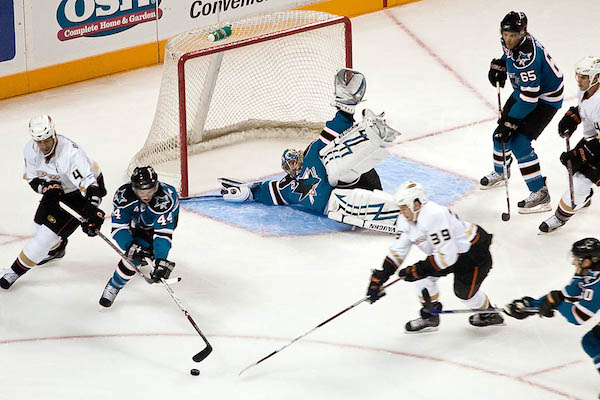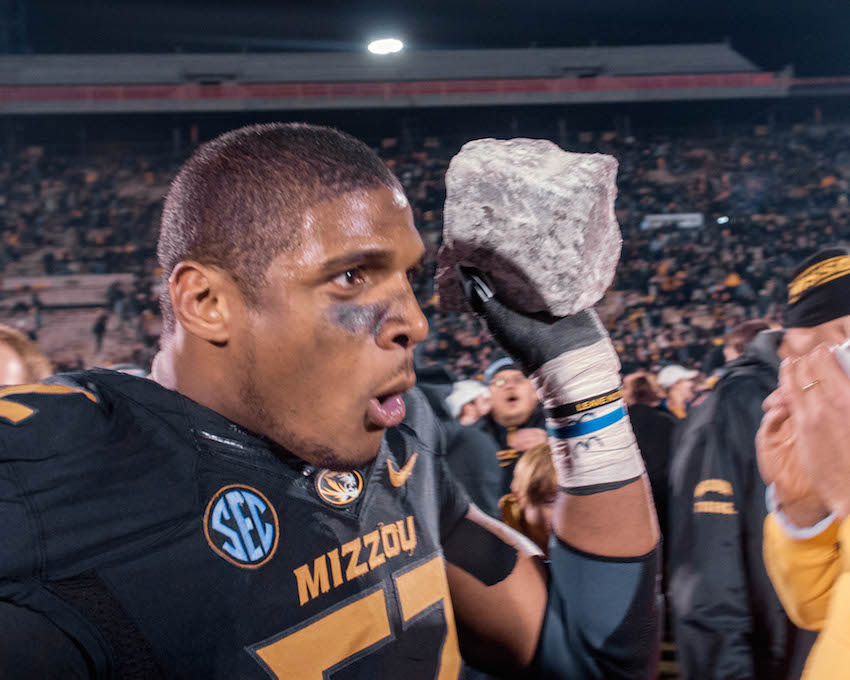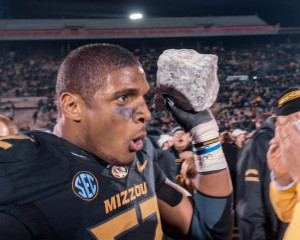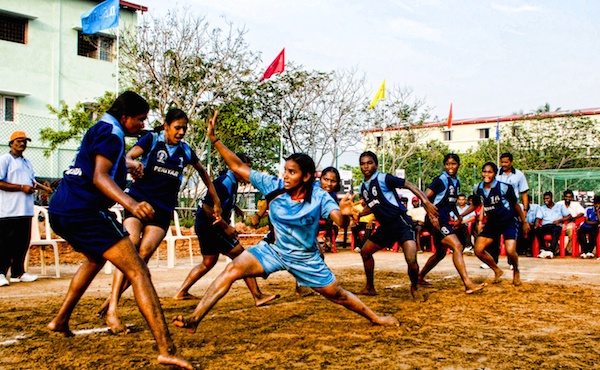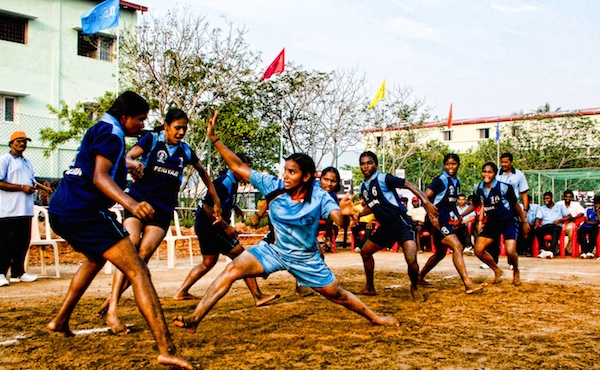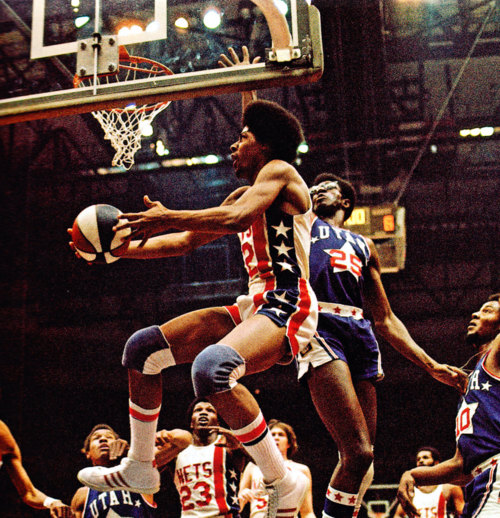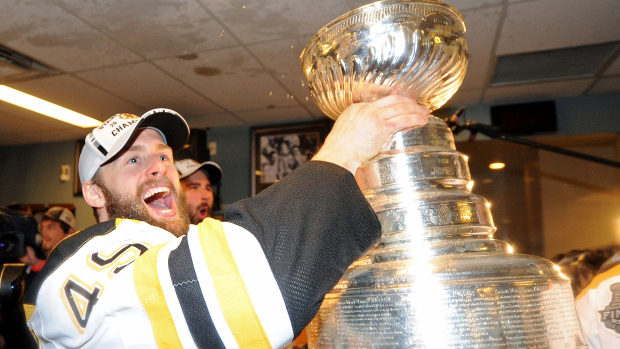Dear Sports Fan,
I’m a Boston Celtics fan living in Charlotte, North Carolina. I’ve got tickets to see my team play later this week and I’m super excited about it. But then I started thinking about going to the game and I realized that I don’t really know how to act or what to wear. Can you help?
Thanks,
Kirk
Dear Kirk,
You are a sports fan. You spend dozens of hours watching your team on television. You read about your team obsessively, you follow players on twitter, you know the names of your team’s beat writers, and you have more than three bits of team paraphernalia in your closet or on your walls. You don’t live in your team’s city anymore (or maybe you never have) but you haven’t let that stop you from rooting for them. Finally, your team comes to town and you splurge for some tickets. You’re excited to see your team play in person. It’s the day of the game and suddenly, you starting thinking… oh man, what am I going to wear? How should I act? Is everything going to be cool? I’m rooting for the away team tonight. How should I act?
It’s an age old conundrum: how should you act as a fan for the away team?
I’m going to a hockey game as a fan of the away team tonight, so this is something I’ve been thinking about today. At first I thought I would write this piece with a certain amount of uncertainty. “I’m not sure what I think,” I thought I should write, “but here are the variables in play.” Actually though, the more I think about it, the more I feel certain that I do know how one should act as an away team. When you are a fan of an away team, you are basically a guest in someone’s house. You should act accordingly. Here are five rules for being a fan of the away team:
- By all means, wear your team colors, but do it with restraint. A hat or scarf is great. A jersey is fine. A full team warmup suit accompanied with team pom-poms and face paint? That’s a little too much. Save that for when you are going to a home game.
- The same holds for your behavior. Don’t get belligerently drunk and scream. That type of behavior is permissible (some might say ideal) when you are rooting for the home team, but as an away team fan, you should be more demure. Applaud your team. Cheer when they score. But you know what? Stand and applaud when the other team scores too. You’re watching with thousands of people for whom that is a good thing. If you want them to welcome you, show that you appreciate their hospitality.
- Don’t try to affect the game. Home teams deserve to have the advantage of being supported by their fans. In most sports, this advantage simply consists of the emotional boost players get from hearing the support of their fans. In a few sports though, fans have more direct ways to try to affect the game — by making it impossible for offenses to communicate in football or by distracting a free throw shooter in basketball. It’s not your right to do this as an away fan. You’re already limiting the impact of home court by taking a loyal supporters’ seat and you don’t have to apologize for that but you don’t get to try to impact the game as if you were at home.
- Being an away fan does not make you a legitimate target. Good natured ribbing is fine and can be enjoyable, but you should not put up with intimidation or abuse. If you do find yourself the target of anything from a crude or mean-spirited home fan, be firm but do not escalate. Either ignore them or remind them that you’re simply a visitor who want to watch the game and support her or his team. Ask them how they would like to be treated if they traveled to an away game with their team. If things get bad, don’t be afraid to move away from them or appeal to a stadium worker for support. There are almost always other seats that you can move to.
- Be knowledgeable. This goes back to acting like a good guest. It wouldn’t be nice to show up at someone’s house for dinner and not know their children’s names, what they do for work, or why they walk with a limp. That’s what you’re doing if you show up as an away fan and you don’t know the home team’s record, players, coach, history, and traditions. You don’t need to go overboard and memorize everything, but take a quick glance at the standings, a team depth chart or roster, and the team’s wikipedia page before you go. It gives you something to talk about with the people who will be sitting around you.
Sports allegiances always come down to coincidences: where you were born, who your parents were and who they rooted for, or what teams were winning championships when you were around nine years old. The relationships you create with people, even if they are only for a few hours while you watch a sports game, are more important than your devotion to a team. Being a fan of an away team can be a tricky balancing act, but it is worth it. Have fun!
Thanks,
Ezra Fischer

